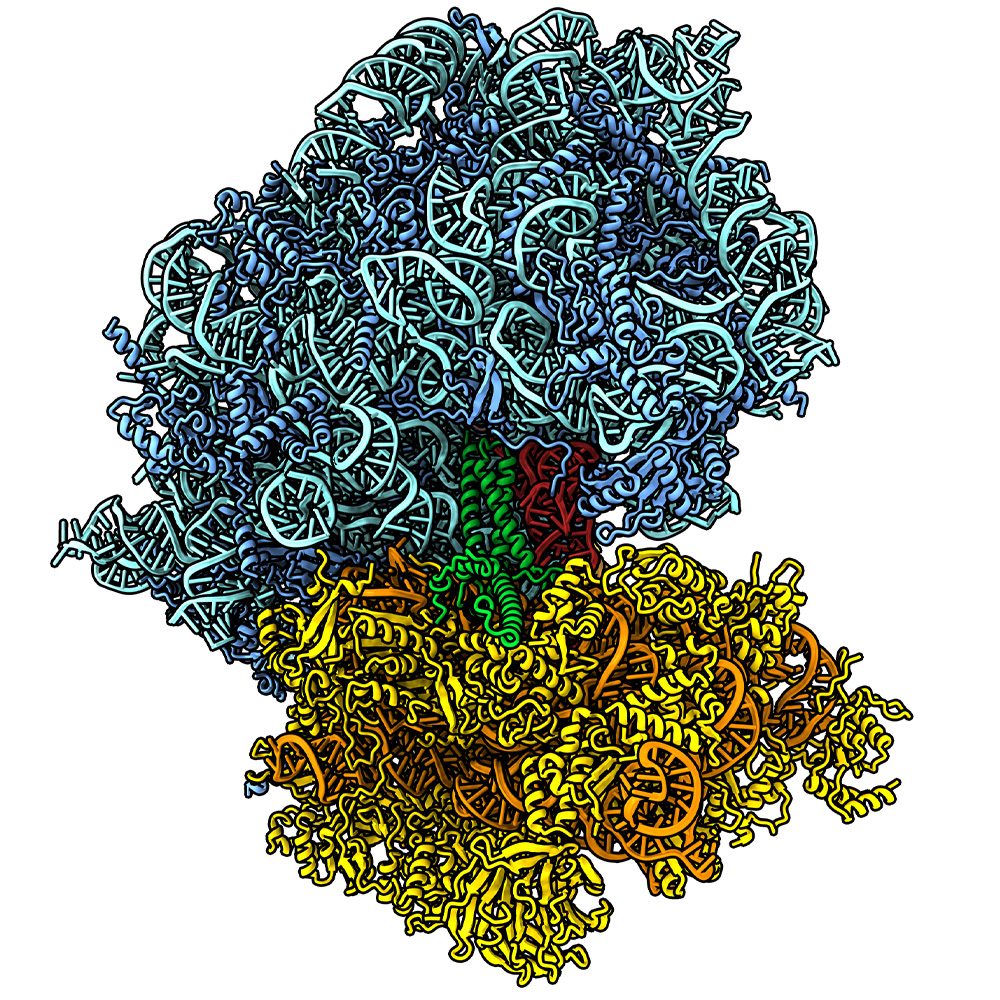Flu – common, deadly, and underappreciated

Commentary by Dr. Trish Perl
Influenza doesn’t get the respect it deserves among infectious diseases, perhaps because we live through a flu season every year.
Each winter, the flu is responsible for about 40,000 deaths across the United States, mostly among the elderly and very young. This season is rapidly developing into one of the most severe in recent years with the number of diagnosed flu cases running about twice last year’s level. Patients with respiratory symptoms have been crowding into emergency rooms and some schools have temporarily closed because a quarter of the students are ill.
Influenza is highly contagious – easily transmitted through a cough or a sneeze and able to survive on surfaces for up to 48 hours. Consequently, a flu outbreak has the potential to literally bring a health system down. That’s one reason we require our health care workers to receive the annual vaccine with few exceptions, and why you too should get a flu shot.
The flu vaccine doesn’t guarantee that you won’t catch the virus; its efficacy varies from year to year. The Centers for Disease Control and Prevention expects this year’s vaccine to be from 32 to 39 percent effective, less than the typical range of 40 to 60 percent. Still, the vaccine is one of our best methods for controlling the outbreak, protecting people from the infection, decreasing its severity, and preventing hospitalization and death.
Scientists are hard at work on a better treatment. Researchers at the National Institutes of Health and labs overseas are working to develop a universal flu vaccine that would protect against multiple strains of the flu for up to 10 years.
Such a new long-lasting vaccine would represent a major step forward in protecting our population, particularly the elderly, from the potentially deadly virus.
But that may be years away and we’re only about halfway through the present season. In the meantime, the current flu vaccine is still our best defense against a deadly pandemic.

The vaccine is designed to protect against three or four strains, two influenza A strains and one or two influenza B strains. Scientists alter its composition from year to year to cover what is expected to circulate and cause infection.
This year’s vaccine includes protections against both H1N1 and H3N2. The H3N2 strain, which is believed to have mutated, is particularly virulent and associated with more adverse outcomes.
Even at a lower effective rate, the flu vaccine prevents millions from getting sick each year. According to the CDC, vaccination prevented about 5.1 million illnesses and 71,000 hospitalizations in the 2015-2016 season.
Those numbers give you an idea of the potential breadth and danger of a full-blown flu outbreak. At UT Southwestern, we are participating in a study comparing the effectiveness of masks versus respirators in protecting health care workers from influenza and other viruses.
You can help too. Wash your hands regularly, cough into the crook of your elbow, throw your tissues into the trash – and get vaccinated. It’s not too late.
Dr. Trish Perl is Chief of the Division of Infectious Diseases at UT Southwestern Medical Center. This column was published by the Waco Tribune-Herald, Lubbock Avalanche-Journal, Abilene Reporter-News and D CEO Healthcare.




